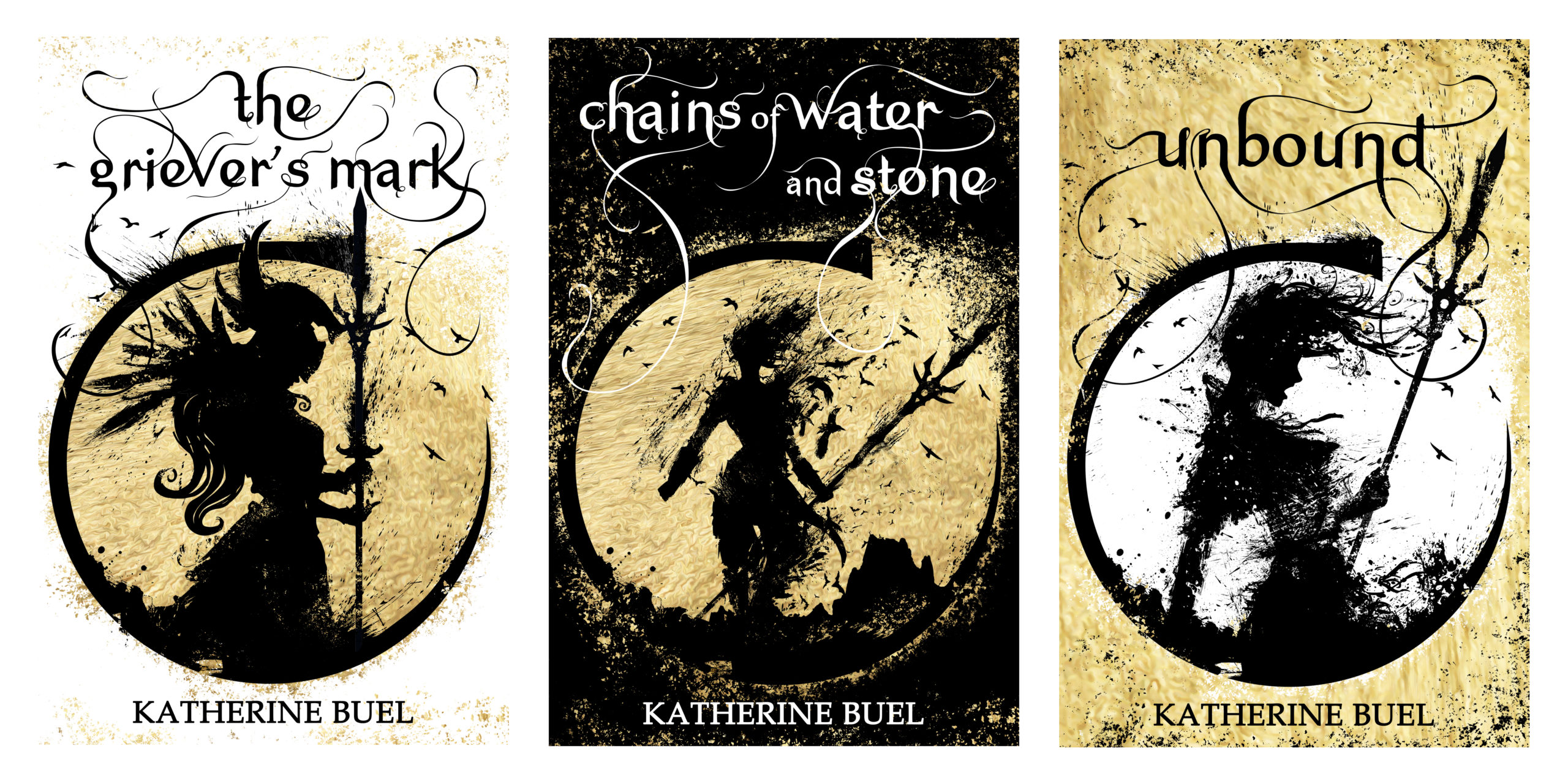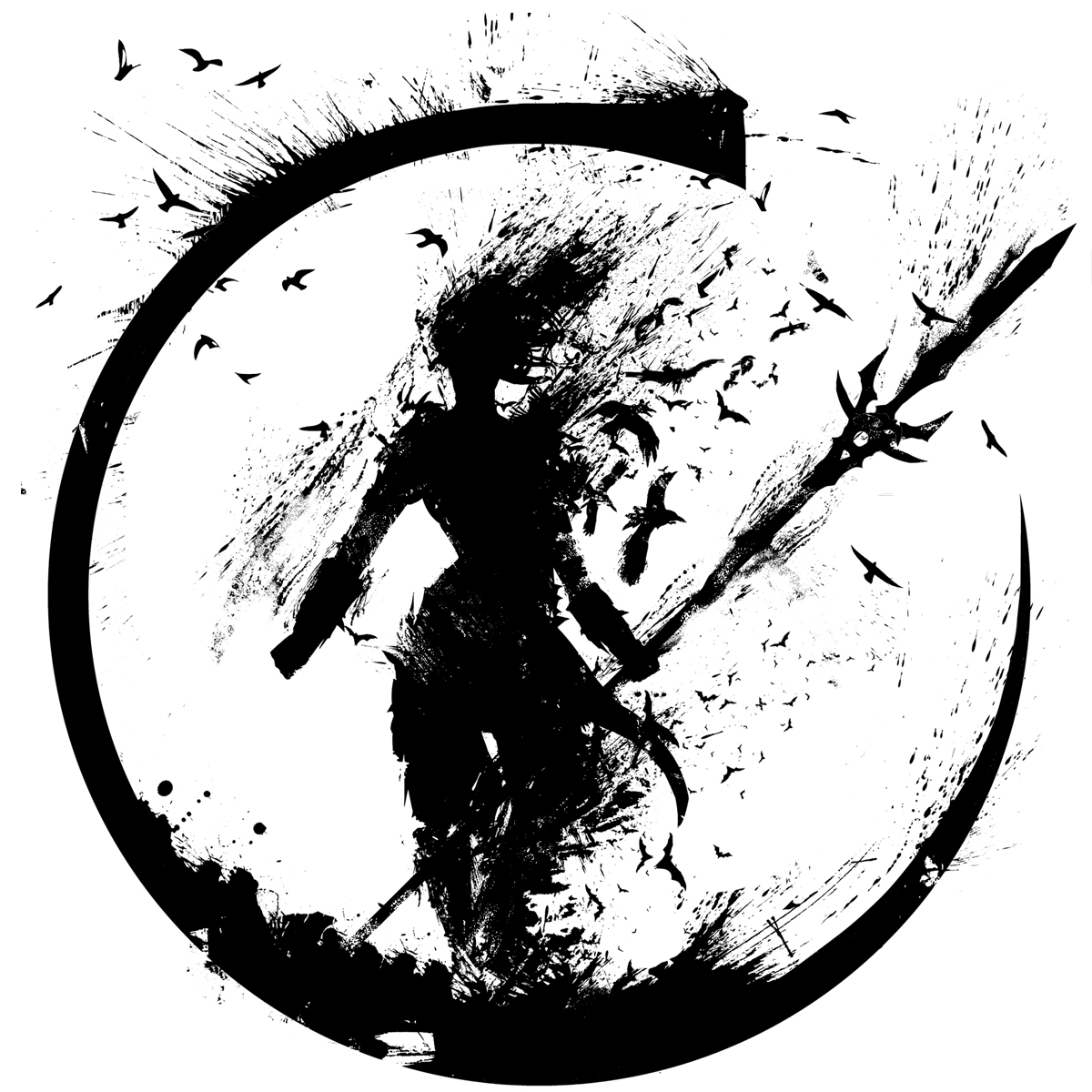THE GRIEVER’S MARK
Defying her master could cost Astarti her very soul in this epic fantasy series, where the Drift is the fiercest source of power—and the most dangerous.

Currently available via Amazon (PB, Ebook, and Kindle Unlimited) and via Barnes & Noble (PB only).
Astarti’s master controls her through a Leash, a bond of energy anchored deep within her. Despite being one of the few remaining Drifters, able to manipulate the energy world, she cannot break free. She knows her fate: she will serve Belos until she dies, at which point he will harvest her energy to augment his own.
She’s done some bad things in her master’s name. She’s not asking for forgiveness—she expects to be hated.
What she doesn’t expect is Logan, a man meant to be her sworn enemy, a man with secrets of his own. When Logan recognizes that Astarti may be more than she seems, she begins to unravel Belos’s lies: about the tattoo she bears on the back of her neck, about her history—and about her power.

NOTES FROM THE WRITER’S DESK
I wrote The Griever’s Mark after I finished my MFA, and it was my first project created outside of academia. My creative writing classes had taught me a lot about character development but nothing about plot. Worse, any natural, inborn understanding of plot that I had once possessed had been trained out of me. To relearn, I dove into a sea of books I would never have read in class: science fiction, horror, suspense, historical fiction, romance, mystery, 1930s pulp fiction. (Fantasy, too, of course, but I had never stopped reading that.) It’s so important to read widely, to learn from everything, to not limit creativity with narrow thinking.

I did not have a plan for the ending of The Griever’s Mark. I am not an outliner. I have tried to be, but outlines strangle a story for me, and I always end up abandoning them. I was halfway through writing the final book, Unbound, with still no idea how this epic struggle would end. This filled me with anxiety, but what evolved was more powerful than anything I could have planned. It surprised me and delighted me and fit perfectly. It taught me to trust myself.
Copyright © 2022 Katherine Buel. All rights reserved.